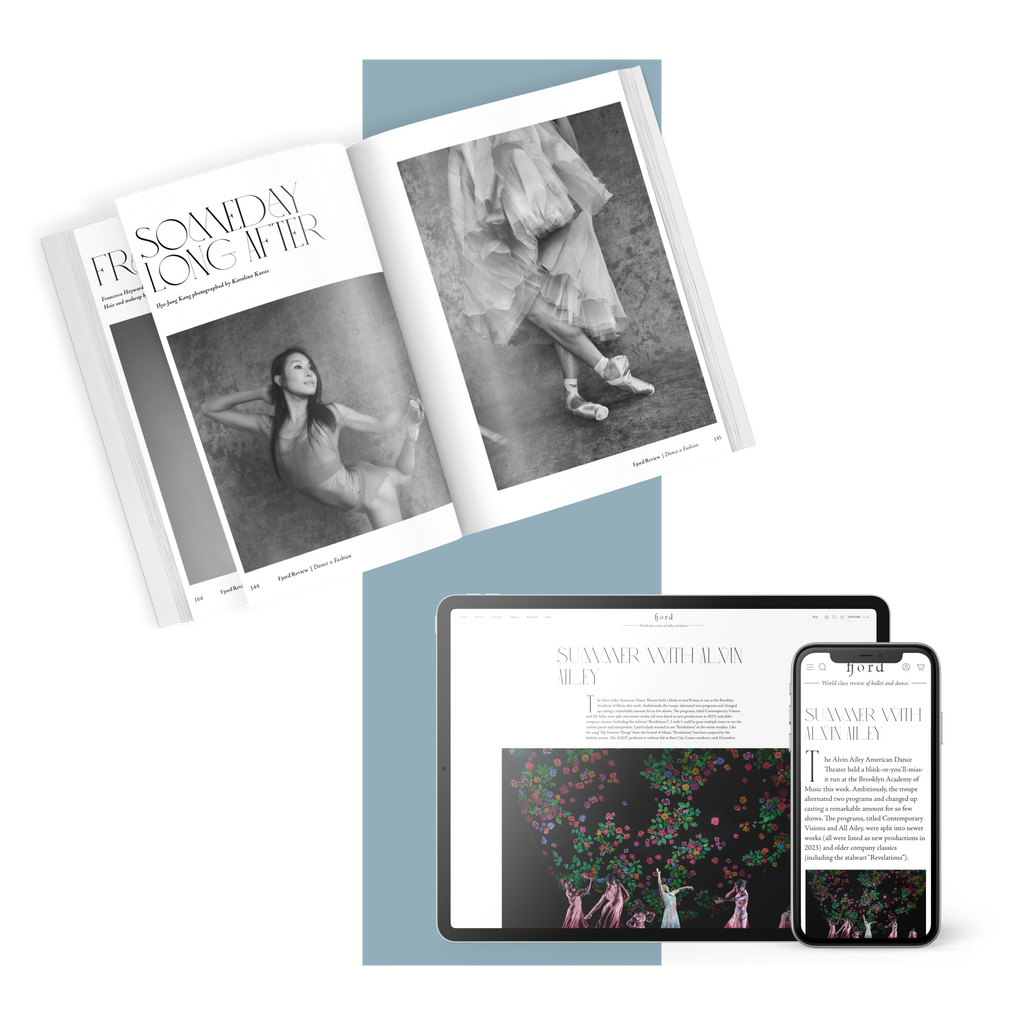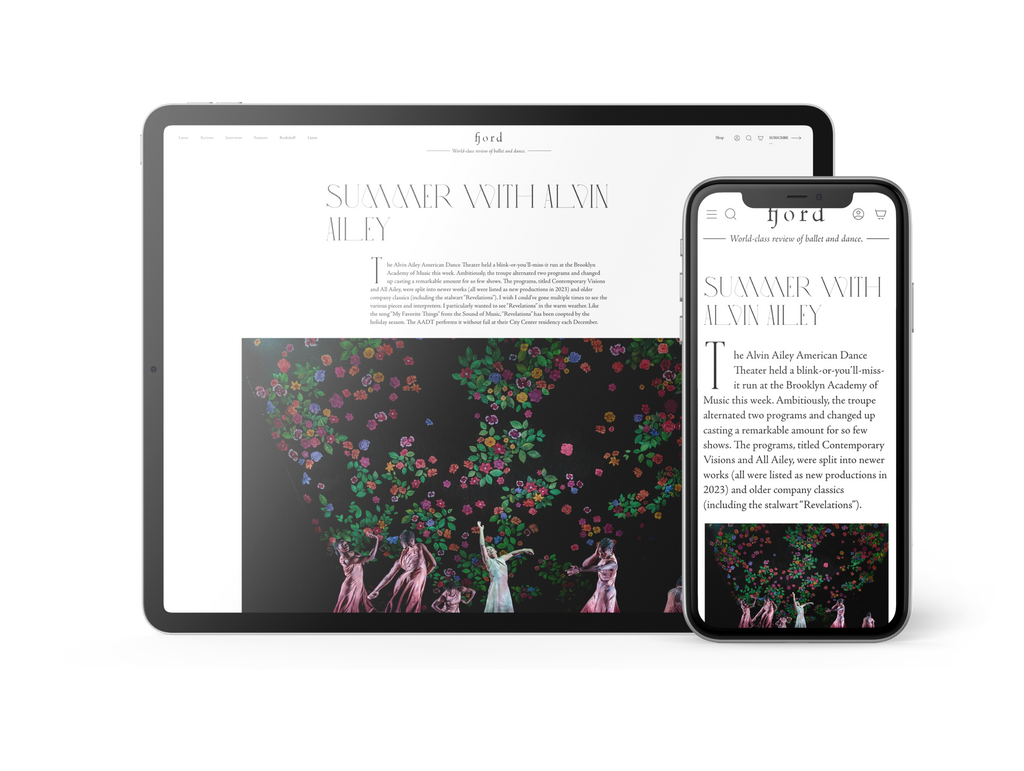Spellbound
Two performers crawl in on hands and knees wearing neon green, hooded coveralls—the lightweight papery kind made for working in a sterile environment—and clusters of balloons pinned to their backs.
Continue Reading
World-class review of ballet and dance.
Forget the merry folk jigs and wispy waltzes; Akram Khan’s “Giselle” entertains none of the levity associated with its 1841 predecessor, one of the most famous ballets to emerge from the Romantic era. The new production, created for English National Ballet, is an angry rebuke of inequality and social stratification, perceptive in its condemnation and admirable in its intensity. Khan has preserved the broad strokes of Théophile Gautier’s original narrative—the lovers from different worlds, the devastating betrayal, the supernatural revenge—but overhauled its setting and tone to present a dark parable about the failures of globalisation. The first half reveals our protagonist as a former worker in a now-desolate garment factory, a world away from Gautier’s Arcadian country setting, with its sunny peasants and bucolic harvests. The second thrusts her into an ugly underworld haunted by ghosts of workers past, their supernatural wiles less entrancing than they are vicious.
Performance
Place
Words

Alina Cojocaru and Isaac Hérnandez in Akram Khan's “Giselle.” Photograph by Laurent Liotardo


“Uncommonly intelligent, substantial coverage.”
Your weekly source for world-class dance reviews, interviews, articles, and more.
Already a paid subscriber? Login
Two performers crawl in on hands and knees wearing neon green, hooded coveralls—the lightweight papery kind made for working in a sterile environment—and clusters of balloons pinned to their backs.
Continue ReadingWill Rawls makes boundaries visible by defying them. Known for the disciplinary and topical range of his projects, the choreographer, director, and performer approaches issues of representation in “[siccer],” a multi-part, multi-site work co-presented by L’Alliance New York’s Crossing the Line Festival. A live performance at Performance Space New York accompanies a multimedia installation at the Kitchen, a book published by Wendy’s Subway, and an album published by the artist. With a creative process reaching back to 2018, the work delves explicitly into pandemic-era energies and inertias with focused intimacy and a pervasive sense of instability.
Continue ReadingIt is always interesting when multiple theme steps emerge over the course of a mixed repertory evening, but it is uncanny on one featuring five different ballets, each with a different choreographer and composer, covering a twenty-year span (2005-2025).
Continue ReadingZvidance premiered its new work “Dandelion” mid-November at New York Live Arts. Founded by Zvi Gotheiner in 1989, Zvidance has been a steady presence in the New York contemporary dance scene, a reliable source of compositional integrity, and a magnet for wonderful dancers.
Continue Reading
comments